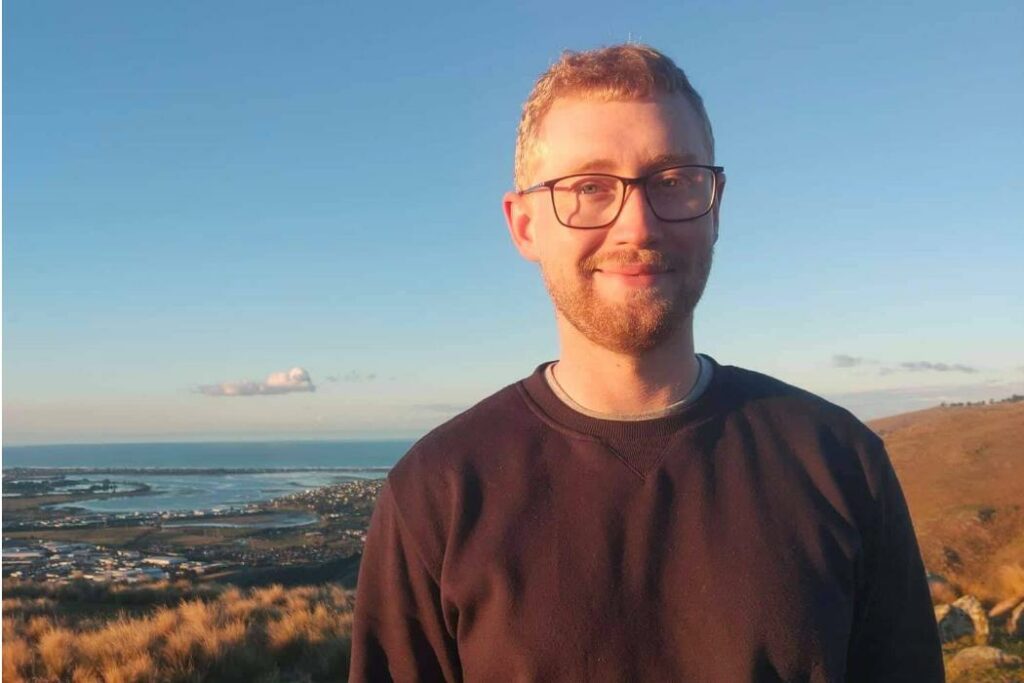In 2020 Ben McEwen and his father Stuart were walking the Te Araroa walkway which runs the length of New Zealand. They spent four months traversing New Zealand before the Covid-19 pandemic struck and they had to stop their adventure. While walking, one thing that Ben noticed was the lack of bird song in the forests, apart from areas with dedicated predator control.
The Department of Conservation says that 4000 native species are considered to be at some kind of risk with around a quarter of those at real threat of extinction. Predator Free 2050 is a Crown owned company that is trying to turn this around. It has been charged with getting rid of predators such as possums and rodents by 2050.
After his trip, Ben decided to work on increasing the populations of birds. Ben loves making things. He has developed an audio lure system for predators while at the University of Canterbury. He has been doing this alongside the Cacophony Project, a Christchurch company, which is using technology to lure predators.
Food based lures, which are the most popular form of pest control, become limited once the populations get down lower – less than 1% will go inside. The remaining predators are quite risk adverse and have survived because they haven’t fallen for food traps. Open traps will be more useful in these situations. Ben is using an audio based lure and a thermal camera. Thermal recordings are uploaded to the Cacophony Project. His first prototype lure got badly attacked by a possum and badly damaged.
Ben has had some great results so far. Possums come up to the camera and interact with it which gives confidence that the audio is working. Some sounds however are repellent, which could also be useful, as they can be used to get rid of predators in certain areas. There is still some way to go with the project. The different species in an area can be classified and used for population estimates by using the audio. The lures can also be used for proof of absence.
Ultimately the audio will be used to trap predators.
The Cacophony Project is based at Living Springs on the Port Hills where there are still predators. Ben has been doing his research work there.
Listen to Ben talk on Radio New Zealand about his research.
Another University of Canterbury article is very informative about the project




